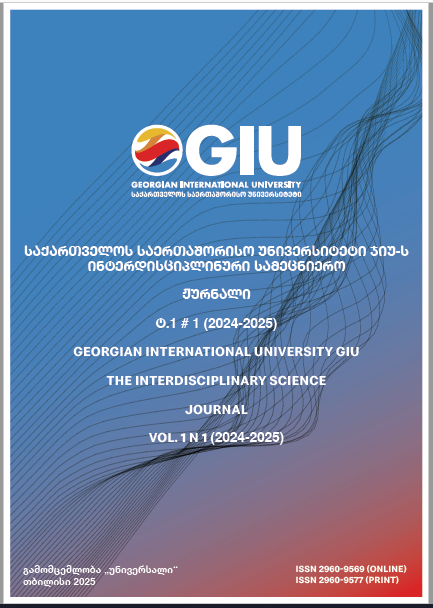Tulou - The Architectural Heritage of the Hakka and the Phenomenon of Collective Identity
Main Article Content
Abstract
This article examines the unique architectural structures known as Tulou, predominantly found in Fujian Province, China, which are closely associated with the Hakka people. Tulou represent a distinctive phenomenon in Chinese architecture and culture that can be analyzed and explored from various perspectives. Renowned for their unique construction, these buildings are typically circular or, in some cases, rectangular, with almost entirely sealed outer walls. Life within the Tulou centers around a large shared courtyard. Each floor features continuous balconies that connect individual apartments, reflecting the defensive purpose of these structures, as the Hakka often had to protect themselves from external threats.
Beyond their exceptional architectural features, Tulou communities themselves are a significant area of study for cultural researchers and ethnologists, as the collective identity shaped within such environments is particularly fascinating. Accordingly, this article also delves into the lives of Tulou inhabitants, their primary challenges, and future prospects.
Keywords: Tulou, Chinese architecture, Hakka, Cultural identity
